- The Ultimate Canon EOS R50 vs EOS M50 Mark II vs EOS R10 Comparison Guide
-

Introducing the EOS R50, a compact and lightweight mirrorless camera, perfect for on-the-go! Expanding on Canon’s APS-C EOS R series range of cameras, the EOS R50 is a great next step from your smartphone, offering an edge with stand-out photos and videos.
In this article, we outline the key features of the EOS R50, the innovation from the EOS M50 Mark II and the main differences from the EOS R10.
While both the EOS R50 and EOS R10 are highly portable cameras weighing 375g and 429g respectively, they’re best suited for different users depending on your skill level and needs.
If you’re using an interchangeable lens camera for the first time, more familiar with taking photos and videos from a smartphone and want something that can automatically take high quality photos and videos, then the EOS R50 is best suited for you.
If you have a bit of know-how with composing photos and videos, but want a camera that’s compact, high-performance but on the more affordable end, then the EOS R10 makes a great option. It has faster continuous shooting speeds of 23 frames per second (fps), higher maximum frame rate movies with 4K 60p (cropped) and additional customisable controls than the EOS R50.
See the detailed spec comparison table
The EOS R50 has a larger sensor size, almost 4x the size of an ordinary smartphone. It’s equipped with the same 24.2MP APS-C size sensor, DIGIC X imaging processor and normal ISO of 32000 as the EOS R10. This is an improvement from the EOS M50 Mark II which has 24.1MP, DIGIX 8 imaging processor and ISO of 25600. With the ability to let more light into the camera and better sensitivity, the EOS R50 can capture images that are clearer, with minimal noise and grain even in darker locations.
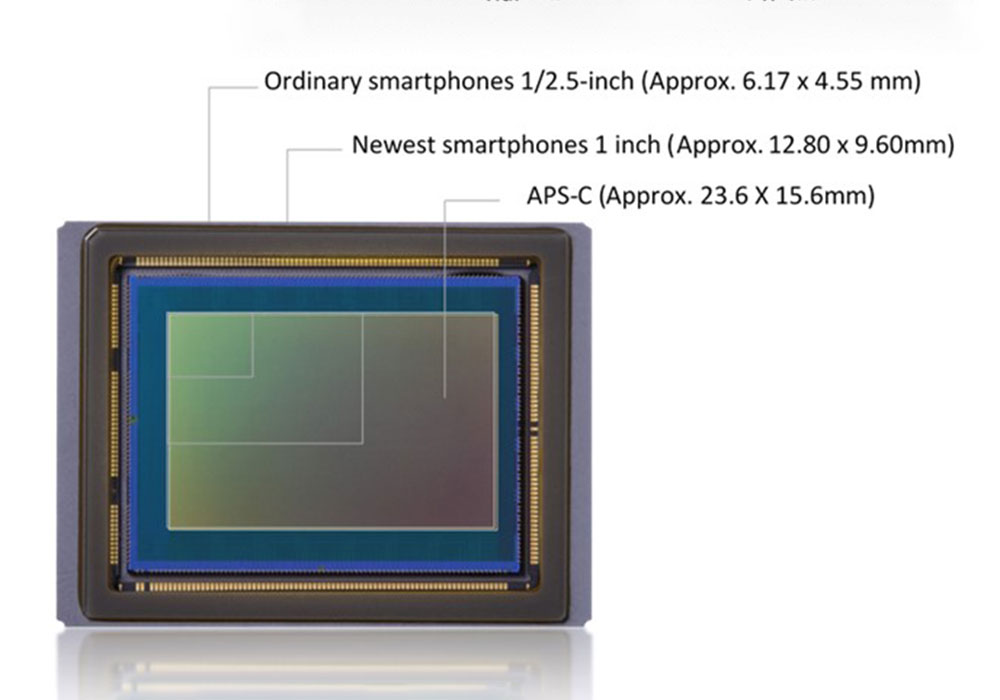

The EOS R50 can capture fast-paced moments with continuous shooting speeds of up to 15 shots per second, an improvement from the EOS M50 Mark II with up to 10 shots per second. This is particularly handy when capturing fast moving subjects like kids, pets, sports, or cars. If you’re in the need for more speed, the EOS R10 can shoot up to 23 shots per second giving you that extra edge when you want to capture a precise moment in time.
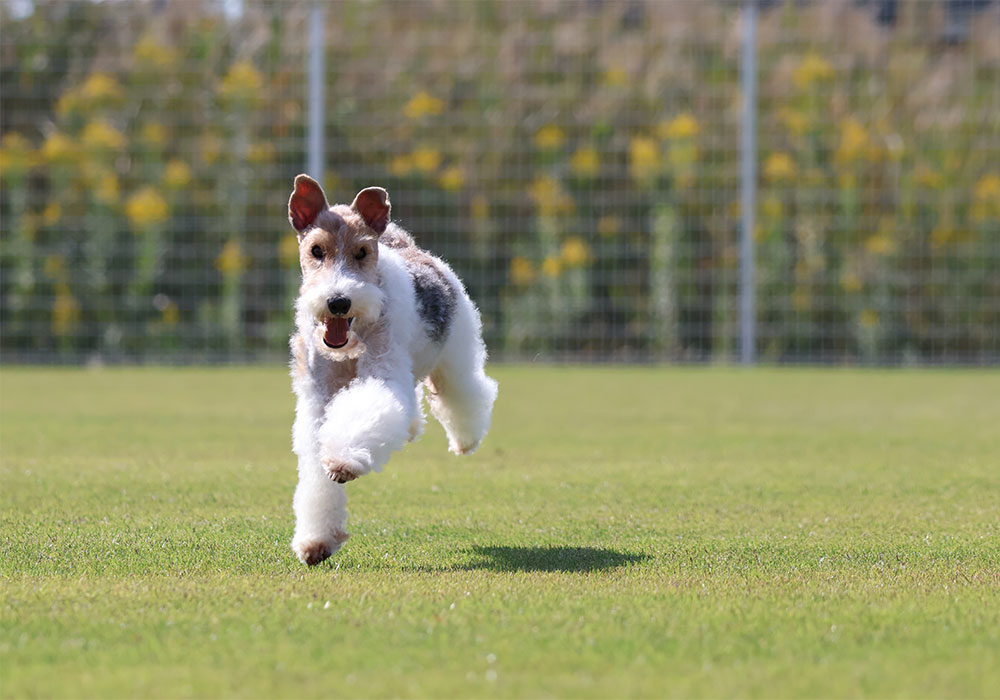
The EOS R50 as well as the EOS R10, have made Canon’s high-performance subject tracking technology available to entry-level and enthusiast photographers where previously cameras like the EOS M50 Mark II tracked people only. In addition to people, the EOS R50 can reliably follow animals and vehicles. Whether you’re shooting stills or video, the cameras can detect and track a variety of subjects as they move through the frame freeing you to focus on the composition.
The EOS R50 has a range of Scene Intelligent Auto modes that automatically adjusts to different scenes. This means you don’t have to be a pro and can simply point and shoot to get images that stands out. Where the EOS M50 Mark II is equipped with only Creative Assist, the EOS R50 also has the new Creative Bracket which takes photos with different brightness and tones, and Advanced A+ which lets users capture quality images in often tricky backlit or night scenes. The 3-inch vari-angle touch screen of the EOS R50 also has a higher dot count of 1.62 million compared to 1.04 million dots in the EOS M50 Mark II, so you can preview a sharper display image.
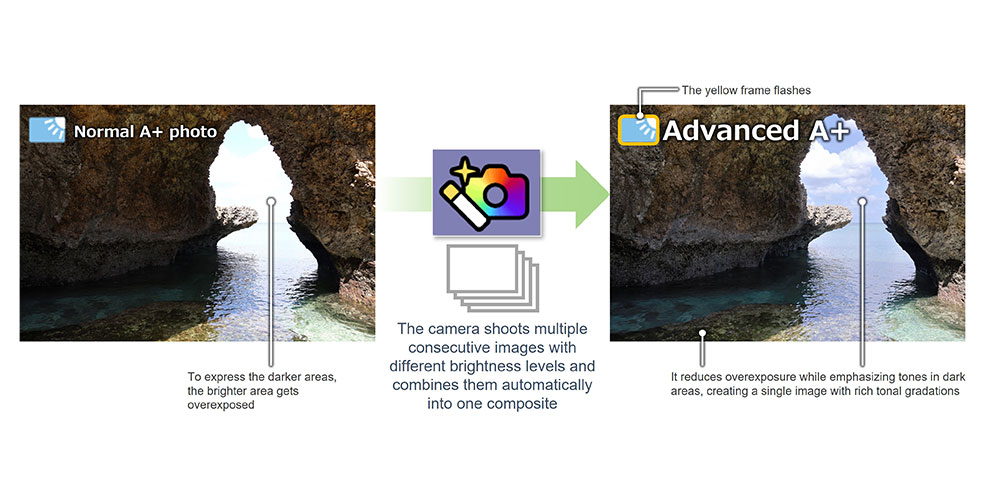
Where the EOS R10 is differentiated and step up from the EOS R50 is around the operability with additional controls. The EOS R10 has a mutli-controller at the back and a quick control dial at the top, allowing necessary operations to be performed quickly without needing to take your eye off the viewfinder. This highlights the greater flexibility to compose images especially when shooting in manual mode.
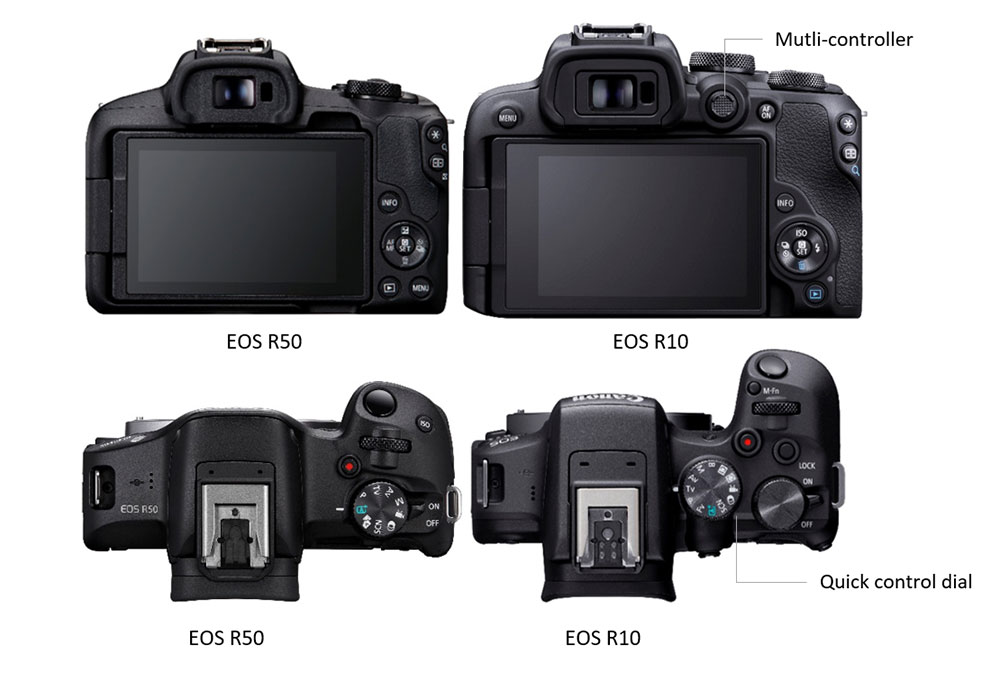
With the transition from the EOS M50 Mark II on the EF-M mount to the EOS R50 on the RF mount, get access to the latest range of Canon lenses. The RF lenses boast a wide range of advanced features and benefits, including a lens control ring which offers customisable control over shutter speed, ISO or exposure compensation. Have intuitive control at your fingertip and tangible feedback while composing your photo or video. With the ever-growing EOS R series, enjoy the peace-of-mind that as your skill level grows and look to upgrade your camera, you have a universal system which is also compatible with future EOS R series camera models. In addition to a wide selection of lens possibilities and new technology with RF-S and RF lenses, you can also use EF and EF-S lenses with an appropriate adapter.
For the first time in an entry-level EOS camera, the EOS R50 can shoot 4K 30p movie oversampled from 6K without cropping with Dual Pixel CMOS AF II movie focus. This is a significant improvement from the EOS M50 Mark II with a maximum movie recording size of 4K 24p cropped and Contrast AF movie focus method. With 4K movie that can be captured without cropping, the angle of view allows you to shoot expansive natural landscape and entire areas of small rooms and other tight spaces. If you’re wanting to record video with a faster frame rate, the EOS R10 also offers 4K 60p (cropped) movie. The 60p gives you footage that is detailed and crisper, especially if you’re looking to capture quick movement and slow down footage for smoother output.
If you’re a first-time camera user, the EOS R50 features smartphone-style operability with touch, drag, swipe, and pinching in and out. The camera also has a Shooting Mode Guide that teaches you to use a variety of functions with clear visual guidance. It works with familiar steps to give you a quick, intuitive, and a simple guide to controls and settings.
The EOS R50 has been designed to be highly compatible with your smartphone and for social media sharing. It supports IPB recording (FHD 30p 12Mbps), a lighter-capacity data format ideal for posting on social media. It also supports transcoding, which compresses movie data in-camera and makes not only 4K/FHD data but also movie shot in IPB even lighter. This makes transferring data to a smartphone or uploading to social media even smoother. The EOS R50 also supports vertical movie allowing videos to be automatically played in vertical orientation when viewing on a smartphone or other devices.
Compared to the EOS M50 Mark II, the EOS R50 has been designed with a new user interface (UI). With clear and simple icon-enhanced UI that lists camera and smartphone operations in steps, you can intuitively set up or select your desired functions, even if it’s your first time doing it.
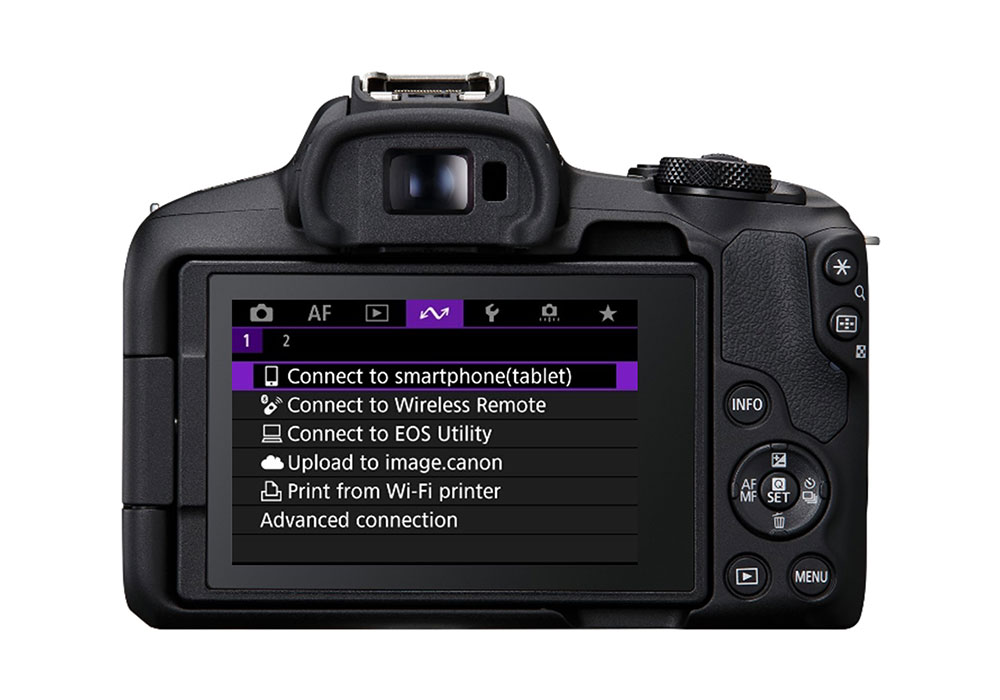
In addition to Wi-Fi and Bluetooth, the EOS R50 also enables wired connection to smart devices via the digital terminal using USB. This allows for stable and reliable data connection using the Camera Connect app. The EOS R50 is also ‘Made for iPhone certified (MFi)’, enabling you to import images even with the standard iOS photo app.
Achieve simple connection to your smartphone or the cloud via image.canon with auto transfer from your camera over Wi-Fi with no other device required. This allows you to easily edit, transfer, store or share photos and videos.
Subject blur guide: Useful for when using panning mode with compatible lenses for example, photographing an aeroplane on a runway. The camera indicates if you’re tracking accurately to reduce subject blur.
Panoramic shots: Take expansive landscape and nightscape photographs in-camera, without the need for post-production stitching. Capture wide horizontal or tall vertical panoramas in camera.
Digital tele-converter: Enjoy telephoto shooting without needing to change lenses. The camera digitally processes to increase shooting magnification by approximately 2x or 4x.
Movie Image Stabilization: Digitally reduce camera shake when shooting hand-held.
Movie for Close-up Demos: Quickly switch focus to the subject closest to camera with this mode. Particularly handy for selfie style shooting often used by content creators to show products.
Auto Level Mode: Automatically correct horizontal tilt that tends to happen when shooting hand-held videos. Record straight horizons with landscapes.
High-quality video streaming: USB Video Class and USB Audio Class (UVC/UAC) compatibility provides simple and high-quality video conference and livestreaming without needing convertors or additional drivers.
Hybrid Auto: The EOS R50 is the first APS-C EOS R series with Hybrid Auto. Create short clips summarising the day’s events with a compilation of short 2 to 4 second clips recorded as video from images.
Next generation multi-function shoe: Features 21 pin multifunction shoe which provides cable-free connection to accessories like the Directional Stereo Microphone DM-E1D.
USB in camera battery charging: The EOS R50 uses the same compact LP-E17 battery as the EOS R10. It offers the option to charge the battery while still in the camera body using the PD-E1 USB power adapter.
| EOS R50 | EOS M50 Mark II | EOS R10 | ||
| Megapixels | 24.2 | 24.1 | 24.2 | |
| Image Processor | DIGIC X | DIGIC 8 | DIGIC X | |
| ISO Speed | 100-32000 (expanded to 51200 equivalent) |
100-25600 (expanded to 51200 equivalent) |
100-32000 (expanded to 51200 equivalent) |
|
| Continuous Shooting Speed | 15 shots/sec (electronic shutter) 12 shots/sec (electronic 1st curtain) |
10 shots/sec (electronic 1st curtain) |
23 shots/sec (electronic shutter) 15 shots/sec (electronic 1st curtain) |
|
| Movie Recording Size | 4K 30p (6K oversampling uncropped) | 4K 23.98p (cropped) | 4K 60p (cropped) / 4K 30p (6K oversampling uncropped) |
|
| High Frame Rate Movie | Full HD 120p (uncropped) | HD 120p (uncropped) | Full HD 120p (uncropped) | |
| Movie Focus Method | Dual Pixel CMOS AF II | Contrast AF (4K) Dual Pixel CMOS AF II (non 4K) |
Dual Pixel CMOS AF II | |
| Movie Modes for Vlogging | Movie for close-up demos Mode /Movie IS Mode | |||
| Subject Detection | People (eyes/face/head/body) / Animals (dogs, cats, birds) / Vehicles (cars, motorcycles) / Auto |
People (eyes/face) | People (eyes/face/head/body) / Animals (dogs, cats, birds) / Vehicles (cars, motorcycles) |
|
| Scene Intelligent Auto | Creative Assist / Advanced A+ / Creative Bracket |
Creative Assist | Creative Assist | |
| Monitor | Vari-angle 3.0" touchscreen Approx. 1.62 million dots |
Vari-angle 3.0" touchscreen Approx. 1.04 million dots |
Vari-angle 3.0" touchscreen Approx. 1.04 million dots |
|
| Battery life | LP-E17 (1040mAh) Approx. 310 shots (with finder) Approx. 440 shots (with monitor) |
LP-E12 (875mAh) Approx. 250 shots (with finder) Approx. 305 shots (with monitor) |
LP-E17 (1040mAh) Approx. 260 shots (with finder) Approx. 430 shots (with monitor) |
|
| Dimensions | 116.3 x 85.5 x 68.8mm | 116.3 x 88.1 x 58.7mm | 122.5 x 87.8 x 83.4mm | |
| Weight | 375g | 387g | 429g | |
Learn more about the EOS R50.

Compare the Canon EOS R6 Mark III, R6 Mark II and R5 Mark II to find out which camera best suits your shooting style, budget and creative workflow. Explore differences in design, image quality, autofocus and video performance.
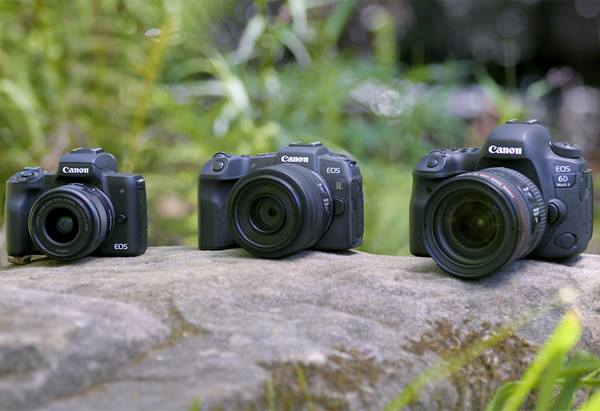
Learn the main differences between Mirrorless and DSLR cameras in this article. Find out which camera's best for you!

EF lenses vs RF lenses- We explore the top 5 reasons why Canon’s RF system of lenses offers superior quality compared to EF lenses. How to choose which is best for you.